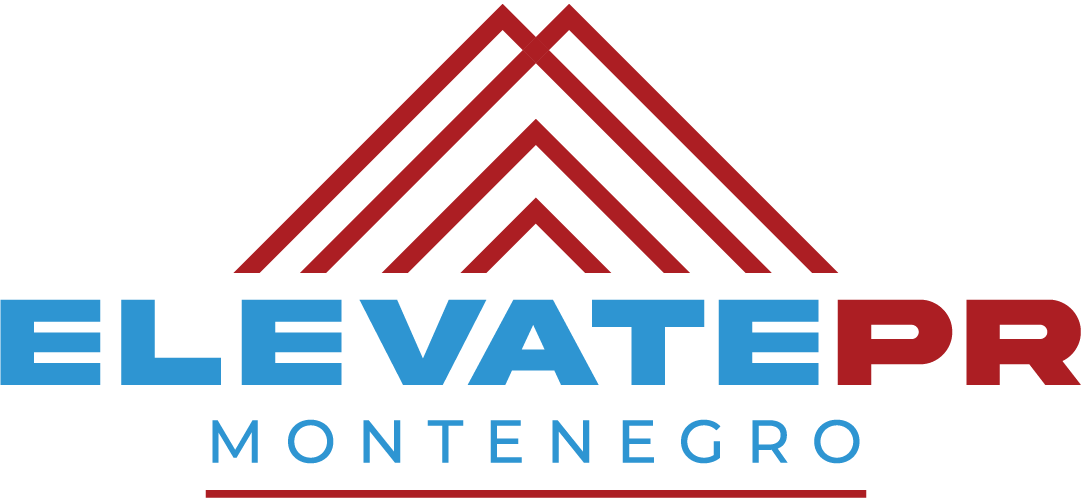The responsibilities of the Owner’s Engineer (OE) encompass a wide range of tasks, from overseeing preventive and corrective maintenance to managing warranties, compliance and performance reporting. By providing independent expertise and oversight, the OE helps enhance the reliability, efficiency and financial performance of wind parks.
1. Cost optimization in Operations and Maintenance (O&M)
A primary responsibility of the OE is to manage and optimize O&M costs while ensuring the wind park operates efficiently. This involves striking a balance between maintenance expenses and operational performance to maximize return on investment (ROI).
Key Areas for Cost Optimization:
1.1. Preventive vs. Corrective Maintenance Costs
- Preventive Maintenance (PM):
The OE emphasizes a robust preventive maintenance plan that focuses on regular inspections and early detection of issues. While PM incurs upfront costs, it significantly reduces the chances of expensive corrective maintenance and unplanned downtime. The OE collaborates with the O&M contractor to ensure timely execution of scheduled maintenance tasks, such as turbine lubrication and electrical system checks. - Corrective Maintenance (CM):
Unscheduled CM can be costly due to spare parts, emergency labor, and downtime. The OE aims to minimize these costs by implementing preventive measures to detect problems early. Utilizing predictive maintenance systems, the OE analyzes real-time data from SCADA and condition monitoring systems to anticipate failures and schedule repairs proactively.
1.2. Spare parts management
- Optimizing inventory levels:
The OE ensures that spare parts inventories are maintained at optimal levels. This involves balancing the need for critical spares on-site to minimize downtime with avoiding overstocking parts that may become obsolete. - Supplier agreements:
The OE can negotiate long-term agreements with suppliers for discounts, faster delivery, or vendor-managed inventory (VMI) arrangements, thereby reducing costs and ensuring essential components are readily available.
1.3. Labor and workforce optimization
- O&M workforce efficiency:
Labor costs form a significant portion of O&M expenses. The OE collaborates with the O&M contractor to ensure effective workforce utilization, scheduling maintenance during low wind periods to maximize production. Cross-training technicians can also reduce the need for specialized workers, thereby optimizing labor costs. - Remote monitoring:
By leveraging remote monitoring systems, the OE can minimize the need for frequent on-site inspections, identifying issues early and scheduling maintenance only when necessary, thus reducing labor costs.
1.4. Energy yield optimization
- Maximizing turbine availability:
The OE focuses on maximizing turbine availability to enhance energy yield and revenue generation. Monitoring downtime metrics allows for the identification of performance patterns and ensures maintenance is scheduled during low wind periods.
1.5. Long-term financial planning
- O&M cost forecasting:
The OE aids the owner in developing long-term O&M cost forecasts that account for inflation, equipment aging, and potential upgrades, enabling effective resource allocation. - Lifecycle cost management:
The OE ensures that cost-saving measures align with the wind park’s long-term health, guiding decisions on whether to invest in higher-quality components that can reduce future maintenance costs.
1.6. Contractual and warranty management
- Optimizing warranties:
The OE manages warranty coverage for key equipment, ensuring adherence to maintenance schedules to prevent warranty voiding and coordinating with manufacturers for efficient warranty claims processing. - Incentivizing contractors:
Performance-based contracts can align the O&M contractor’s goals with cost-saving initiatives, rewarding them for meeting or exceeding key performance indicators (KPIs).
2. Maintenance supervision in O&M
Effective maintenance supervision is a critical function of the Owner’s Engineer, ensuring the O&M contractor performs tasks to the required standards and that equipment operates efficiently.
Key areas for maintenance supervision:
2.1. Preventive maintenance supervision
- Scheduling and monitoring:
The OE ensures preventive maintenance is performed as scheduled, coordinating with the O&M contractor to align tasks with low wind periods. - Adherence to standards:
The OE verifies that maintenance complies with manufacturer recommendations and industry best practices, reviewing logs to confirm timely task completion. - Quality control:
The OE inspects maintenance work to ensure adherence to quality standards, checking for proper bolt torqueing and cleanliness of turbine components.
2.2. Corrective maintenance supervision
- Root cause analysis:
Following any system failures, the OE supervises root cause analyses to address underlying issues, preventing recurrence. - Emergency repairs:
The OE oversees emergency repair procedures, ensuring safe and efficient logistics while following health and safety protocols. - Third-party inspections:
For critical repairs, the OE may engage third-party experts to verify repair quality, particularly for major component replacements.
2.3. Health, Safety and Environmental (HSE) Supervision
- Ensuring compliance with safety standards:
The OE conducts safety audits and verifies the use of personal protective equipment (PPE) to ensure compliance with health and safety regulations. - Environmental impact supervision:
The OE monitors adherence to environmental protection measures during maintenance activities, ensuring minimal impact on local wildlife and compliance with noise regulations.
2.4. Workforce and training supervision
- Training and competence:
The OE ensures all maintenance personnel are adequately trained and certified, organizing refresher courses to keep crews updated on safety practices. - Supervision of specialist contractors:
For complex tasks, the OE supervises specialist contractors, ensuring their work integrates with the overall maintenance plan without disrupting schedules.
2.5. Inspection and reporting
- Detailed reporting:
The OE provides comprehensive reports on maintenance activities, highlighting concerns and confirming that work meets required standards. - Tracking of defects:
Maintaining a defect log helps the OE identify patterns and prioritize corrective actions, ensuring proactive management of recurring issues.
By fulfilling these responsibilities, the Owner’s Engineer plays a vital role in optimizing the operations and maintenance of wind parks, ensuring they run efficiently and economically over their lifespan.


